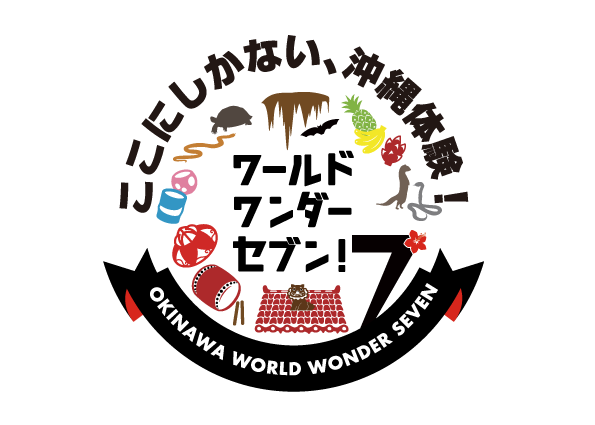
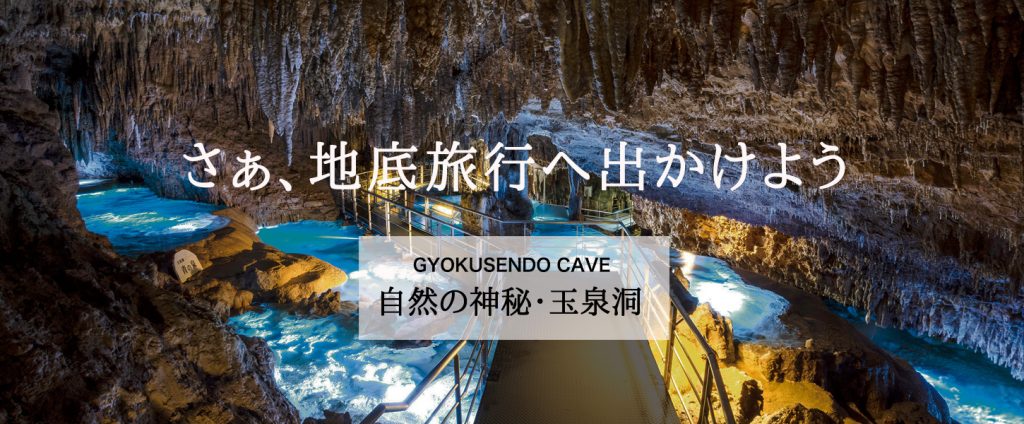
Surrounded by the sea of coral reefs and subtropical islands, Okinawa has more than 600 solutional cave sites.
The largest limestone cave is Gyokusendo Cave. Created over 300,000 years, Gyokusendo Cave is one of the largest in Japan with a total length of 5,000 meters and over 1 million Speleothems. (Open to the public is 890 m)
In the modern age of civilization, every place on earth seems to have become a daily space for mankind, but the extraordinary space is spreading in our feet, the underground world. Various underground rivers flowing through Speleothem and caves, the sound of dripping water. Please experience the underground time that has been going on for tens of thousands of years and now.
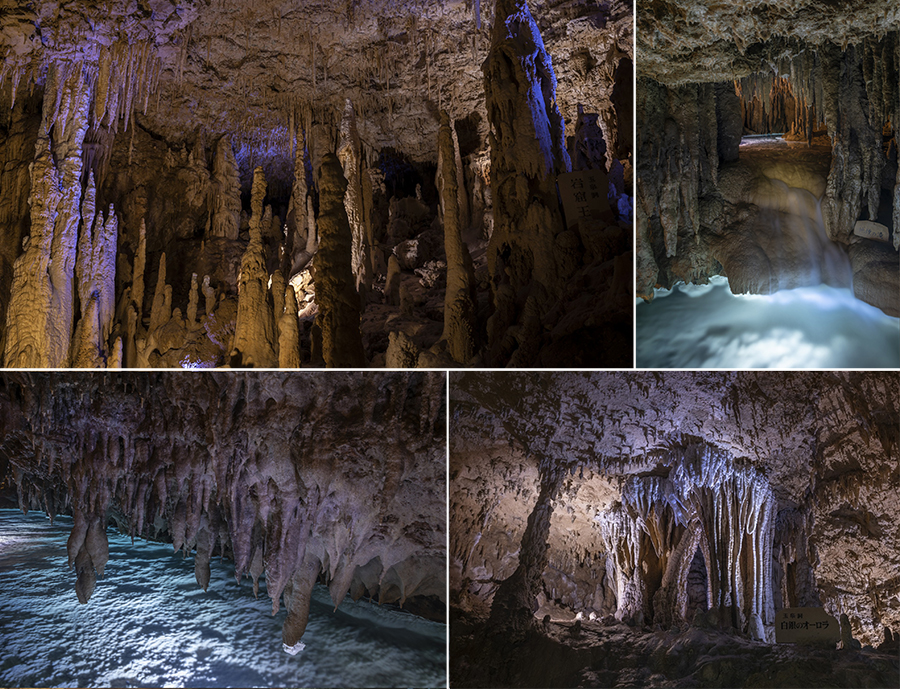
Attractions

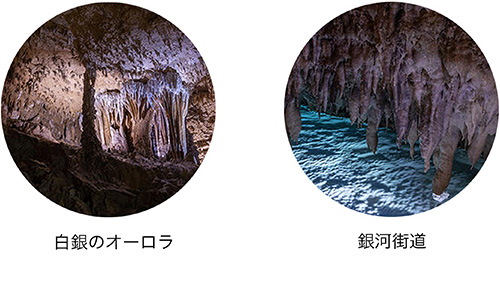

Caves that are out of reach of the sun are inhabited by creatures adapted to the dark environment. In Gyokusendo Cave, there are many rare species unique to subtropical islands, such as the Okinawa least horseshoe bat, the eyeless Harvestman and Kuroiwa's ground gecko, the largest freshwater shrimp in the country, and the Giant mottled eel that grows over 1.5m.

You can see a variety of Speleothem, such as the Stalactites hanging from the ceiling, the Stalagmites stretching from the ground like bamboo shoots, the Microgours that grows into the flow of groundwater, and the Cave pearls that grows with sand grains.
"Cave rafts" is a rare Speleothem that can be seen only seasonally.
 "Okinawa Cave Week 2021" was held for eight days from November 21 to 28, 2021, with the aim of making citizens familiar with the nature and culture of the caves and karst areas of Okinawa. At two venues, Okinawa World and the Okinawa Prefectural Museum & Art Museum, there were many events that were too deep by cave specialists.
"Okinawa Cave Week 2021" was held for eight days from November 21 to 28, 2021, with the aim of making citizens familiar with the nature and culture of the caves and karst areas of Okinawa. At two venues, Okinawa World and the Okinawa Prefectural Museum & Art Museum, there were many events that were too deep by cave specialists.

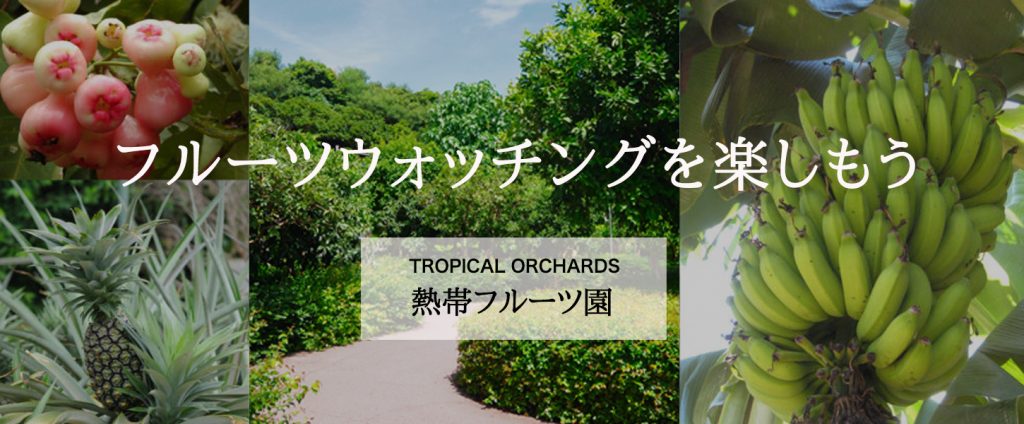

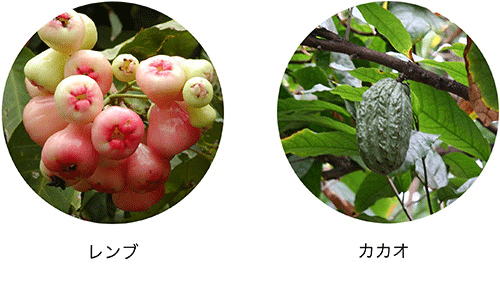
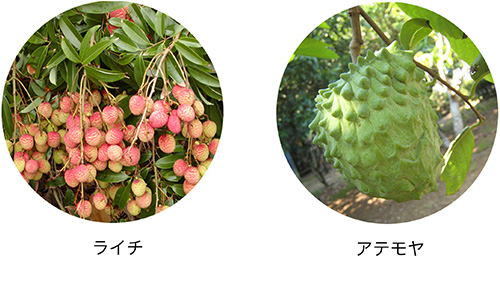
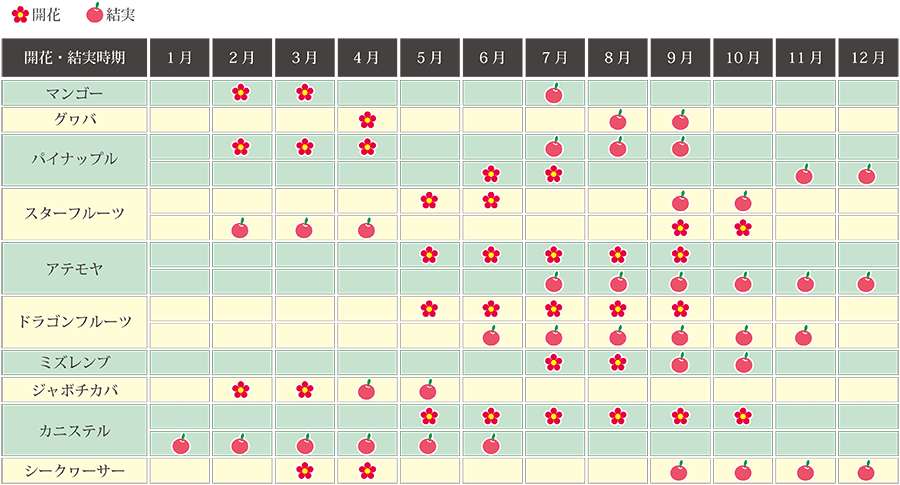

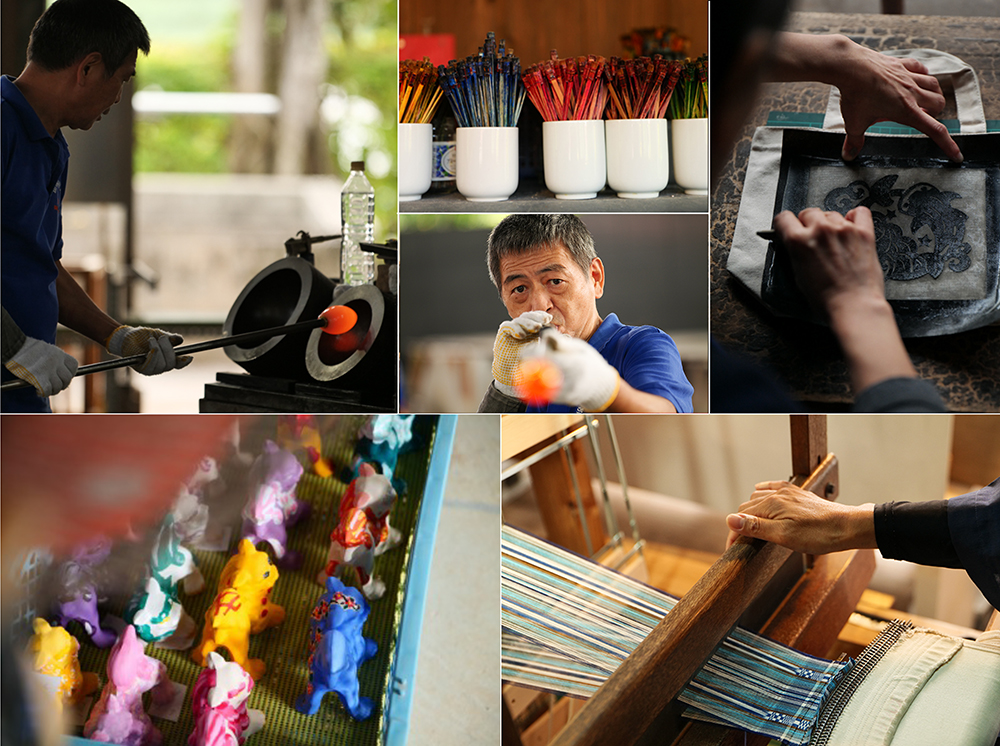
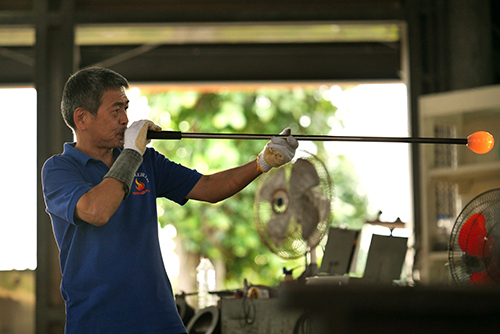
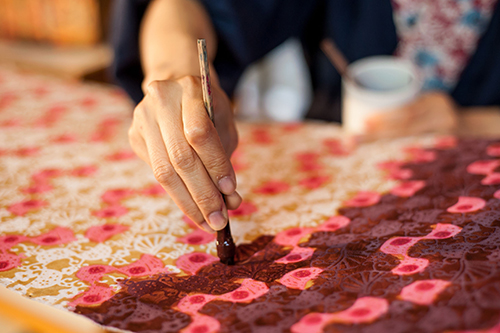


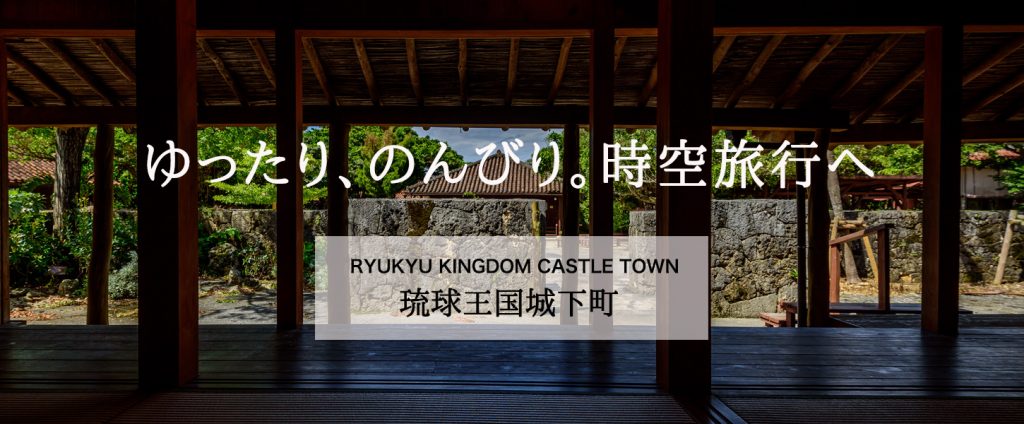
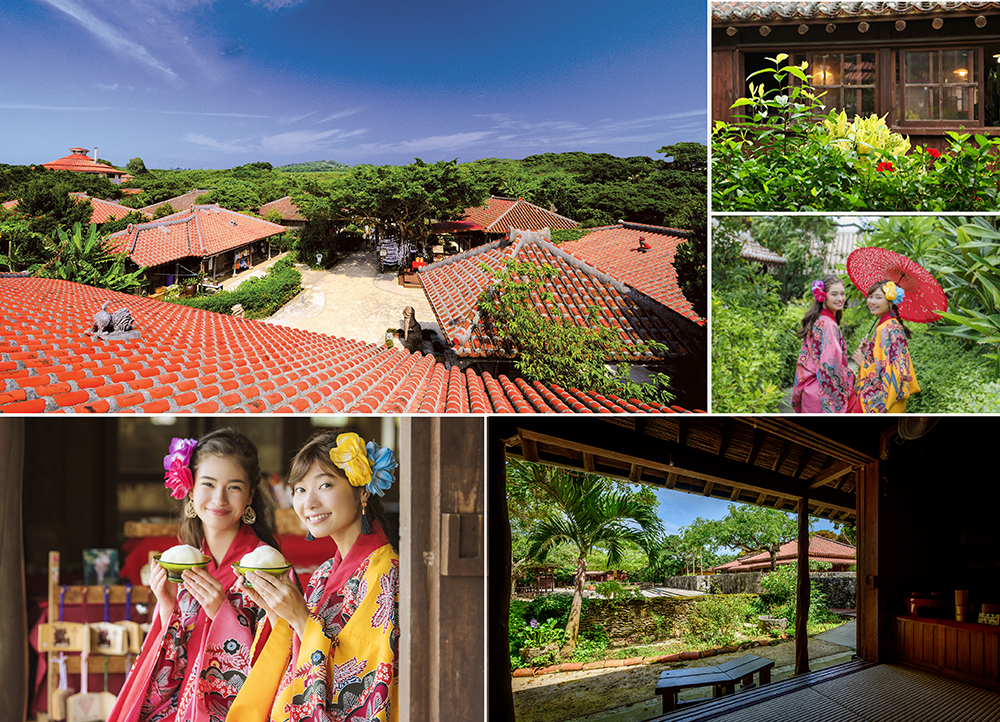


 Red tiles were manufactured from around the 18th century, but at that time "red" was considered a noble color, and it was only after entering Meiji period that ordinary people could use it. In Okinawa, where there are many typhoons, the seams of tiles are painted firmly in plaster to prevent them from being blown off by strong winds. It is said that Shisa on the red tile roof, which is seen in Okinawa, was made of plasterclay roof tile craftsmen and red tiles.
Red tiles were manufactured from around the 18th century, but at that time "red" was considered a noble color, and it was only after entering Meiji period that ordinary people could use it. In Okinawa, where there are many typhoons, the seams of tiles are painted firmly in plaster to prevent them from being blown off by strong winds. It is said that Shisa on the red tile roof, which is seen in Okinawa, was made of plasterclay roof tile craftsmen and red tiles.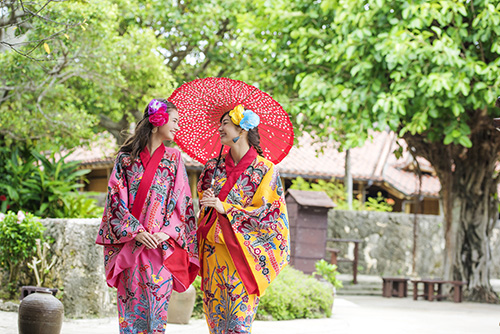 Ryuso was allowed only to be worn by royal and samurai during the Kingdom of ryukyu period.
Ryuso was allowed only to be worn by royal and samurai during the Kingdom of ryukyu period. The large eaves block the light of the sun, the wind blowing through comfortably, and the nostalgic scenery seen from the open door. In old folk house, "Yonna-yo (slowly relaxed)". Please enjoy Okinawa time.
The large eaves block the light of the sun, the wind blowing through comfortably, and the nostalgic scenery seen from the open door. In old folk house, "Yonna-yo (slowly relaxed)". Please enjoy Okinawa time.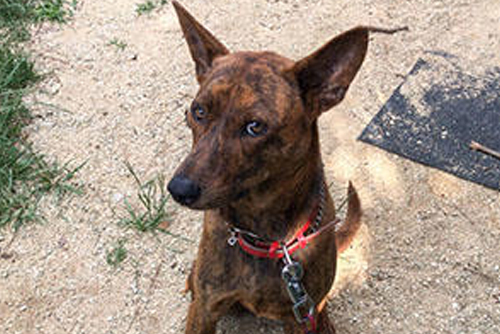 Ryukyu dog "Sora-chan" lives in Ryukyu Kingdom Castle Town. She looks dignified, but she is a shy girl.♪
Ryukyu dog "Sora-chan" lives in Ryukyu Kingdom Castle Town. She looks dignified, but she is a shy girl.♪ 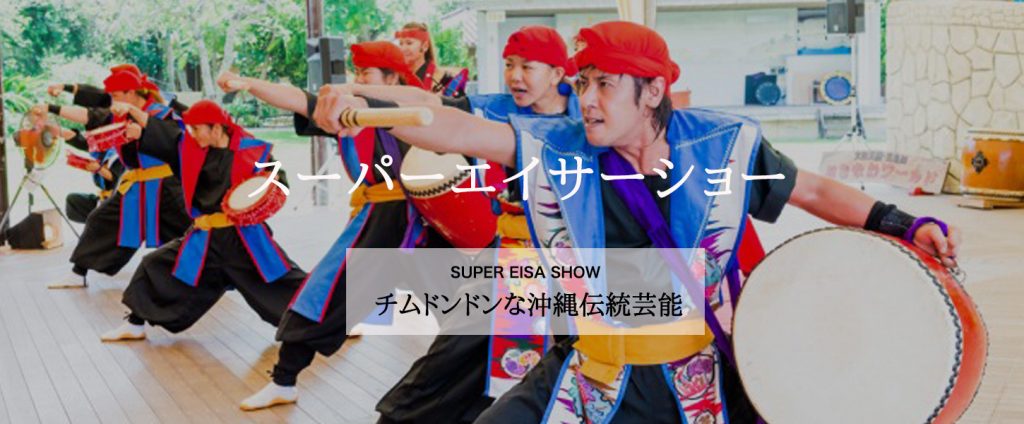

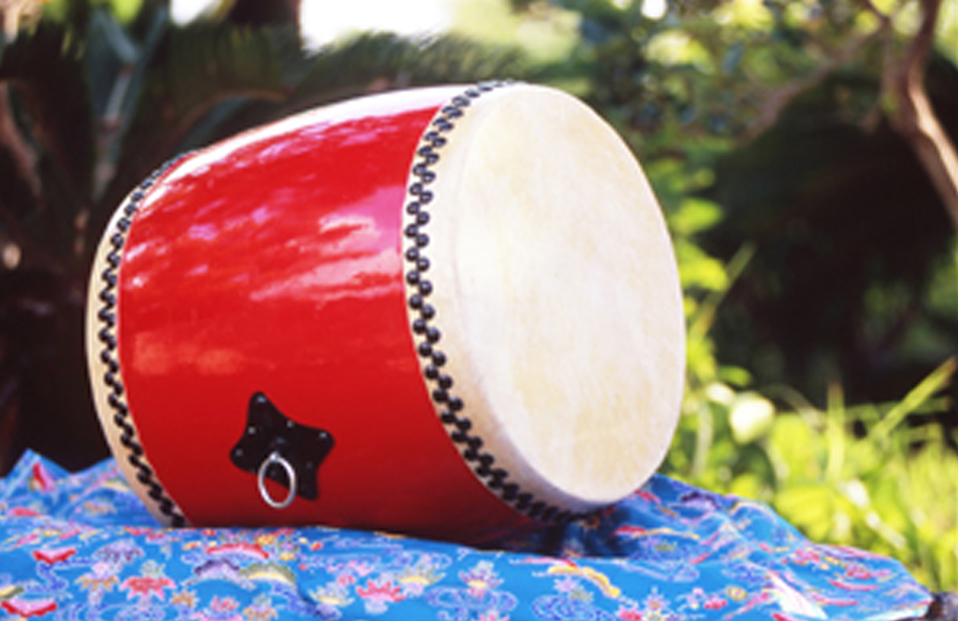 Big drum
Big drum Tight drum
Tight drum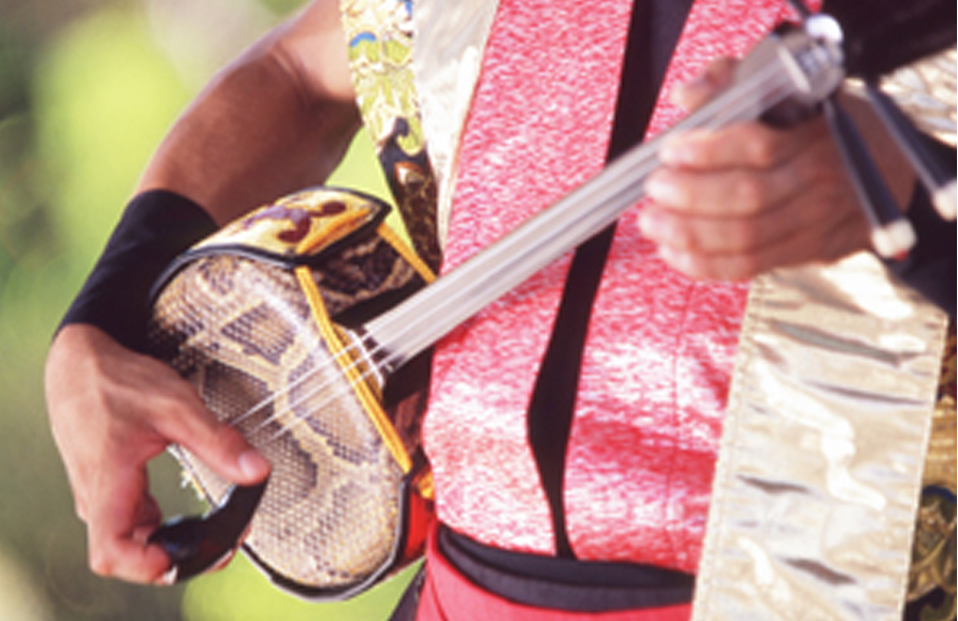 Sanshin
Sanshin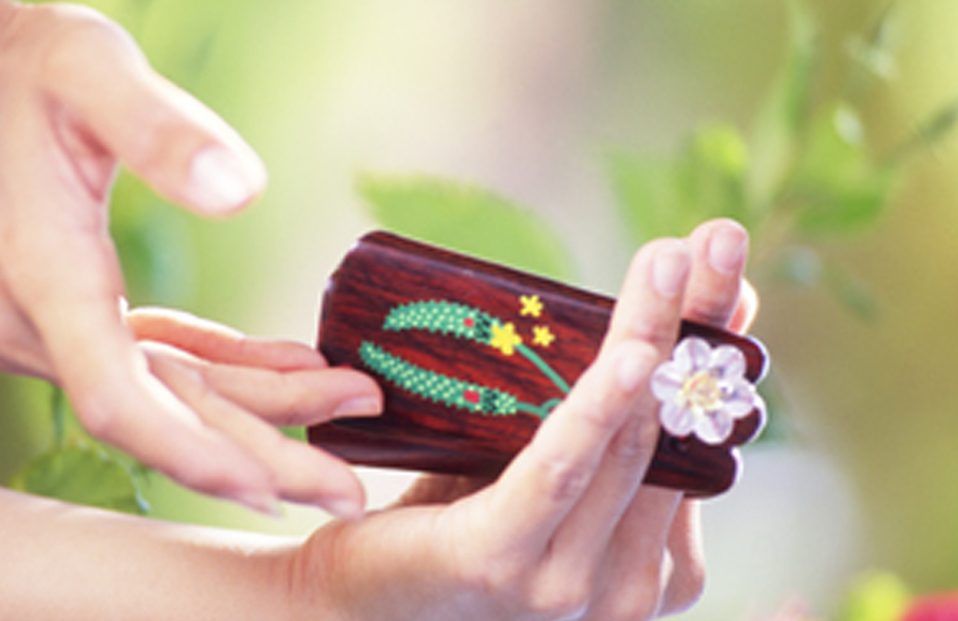 Sanba
Sanba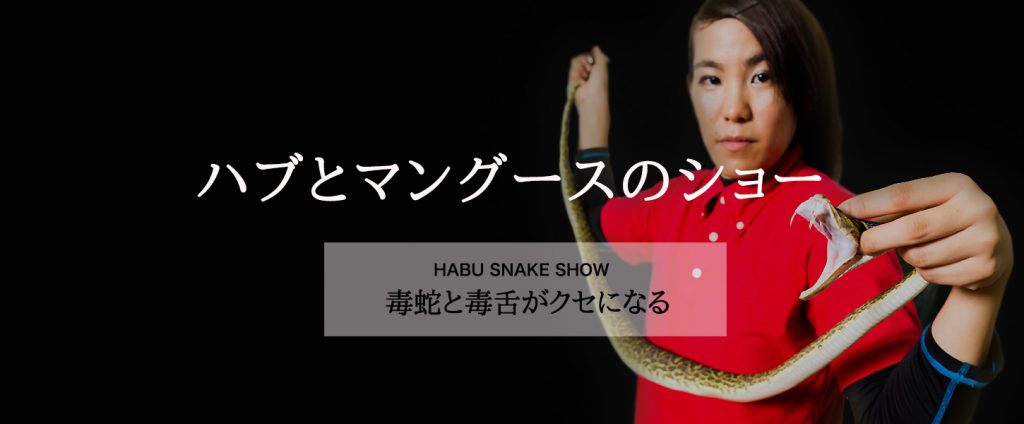
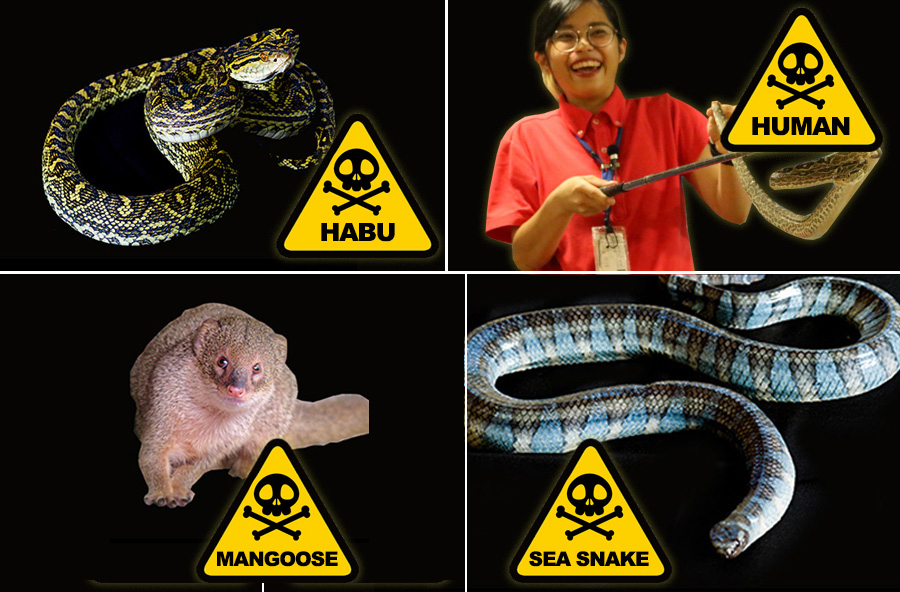
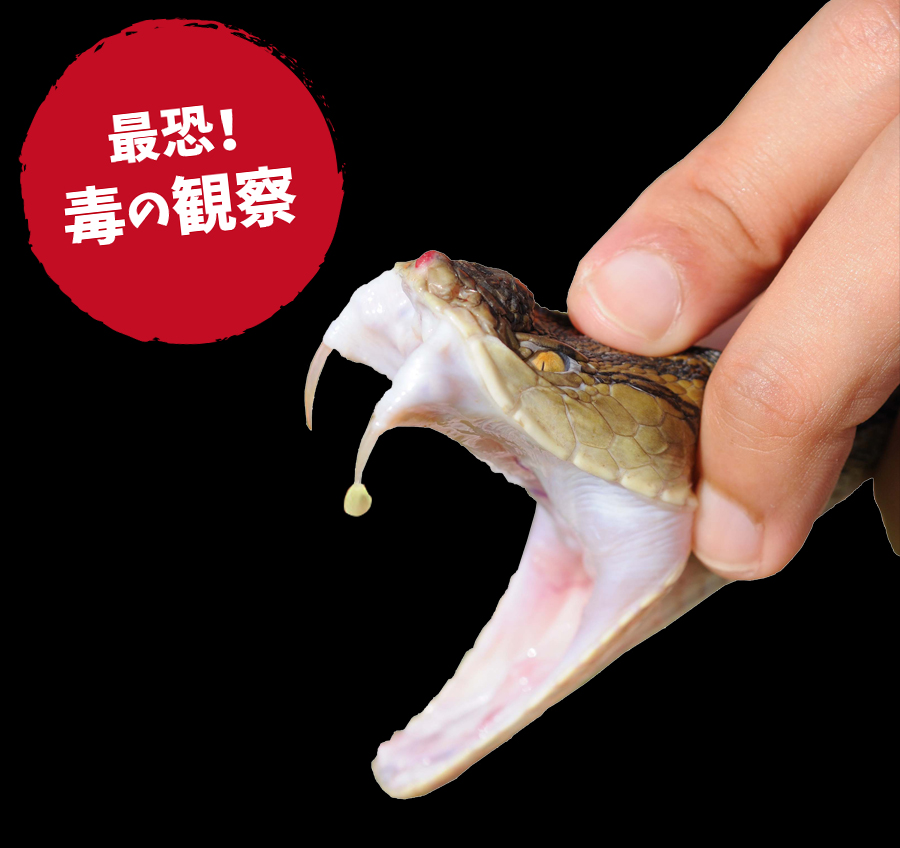 Every year Habu Snake bites occur in Okinawa! Observe the mouth, fangs and poison of Habu Snake. Can you withstand the strongest level of poison stimulation that kills human life?
Every year Habu Snake bites occur in Okinawa! Observe the mouth, fangs and poison of Habu Snake. Can you withstand the strongest level of poison stimulation that kills human life? When does Habu Snake feel and attack? That speed is a moment of time! Don't look at it, look at it.
When does Habu Snake feel and attack? That speed is a moment of time! Don't look at it, look at it. Mangoose with a cute expression and Sea Snake with more poison than Habu Snake. A serious one-on-one victory every time! Which one do you support?
Mangoose with a cute expression and Sea Snake with more poison than Habu Snake. A serious one-on-one victory every time! Which one do you support?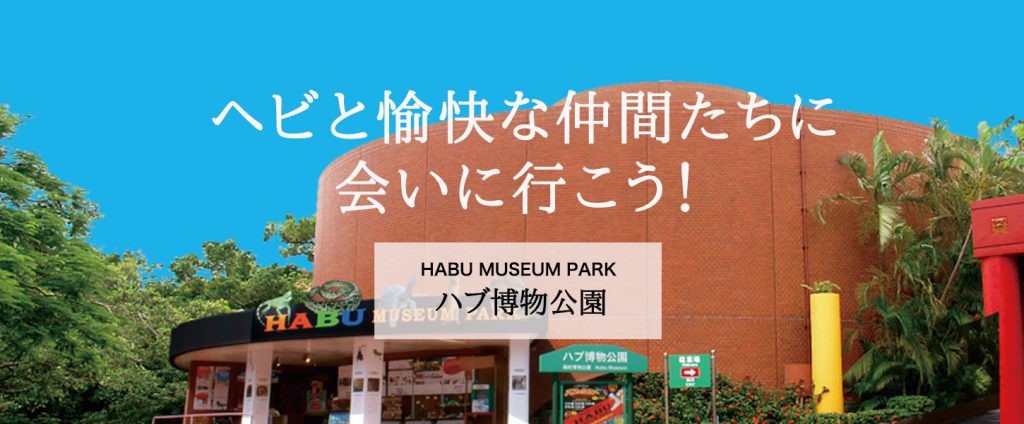

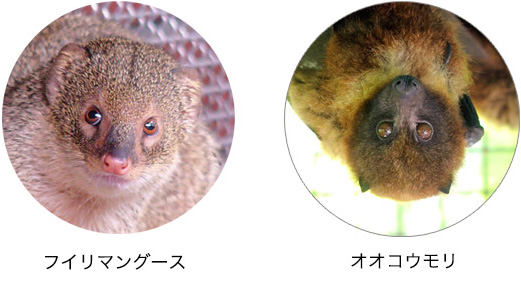
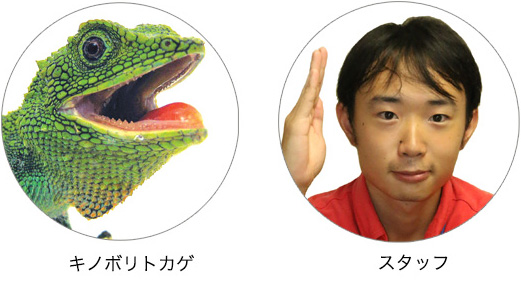
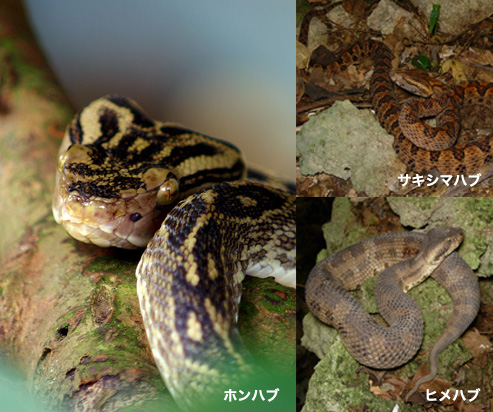 Three kinds of Habu Snake with different patterns and shapes and Sea Snake with more than 15 times more poisonous than Habu Snake! There is also a free-range corner in Habu Snake.
Three kinds of Habu Snake with different patterns and shapes and Sea Snake with more than 15 times more poisonous than Habu Snake! There is also a free-range corner in Habu Snake.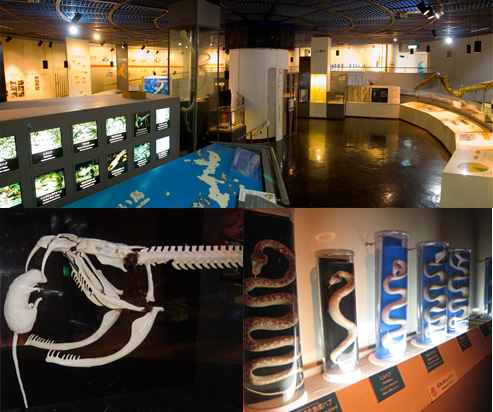 This is an exhibition corner for various materials related to Habu Snake. You can learn more about the ecology of Habu Snake, damage situation, etc.
This is an exhibition corner for various materials related to Habu Snake. You can learn more about the ecology of Habu Snake, damage situation, etc.